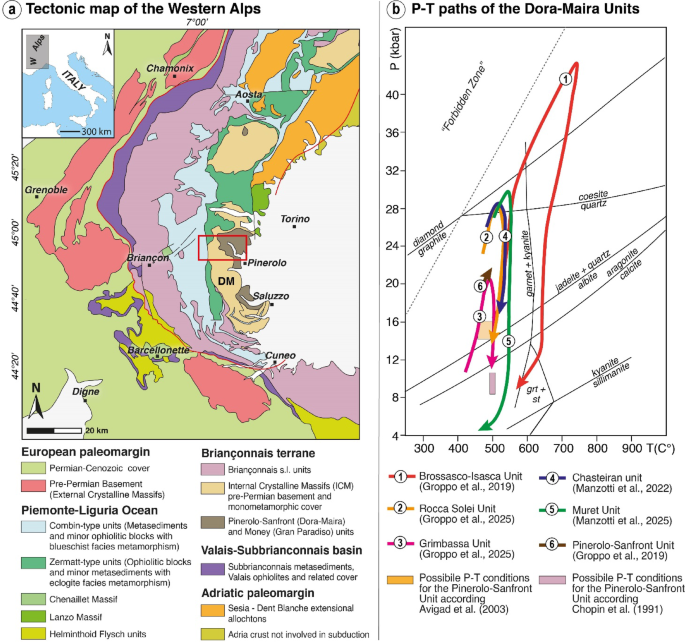This request seems a bit unusual, so we need to confirm that you’re human. Please press and hold the button until it turns completely green. Thank you for your cooperation!
Category: 7. Science
-
Just a moment…
Just a moment… -
Just a moment…
Just a moment… This request seems a bit unusual, so we need to confirm that you’re human. Please press and hold the button until it turns completely green. Thank you for your cooperation!
Continue Reading
-

Space ‘ORC’: Astronomers spot the most powerful ‘odd radio circle’ ever seen
With help from citizen scientists, astronomers have spotted the most powerful “odd radio circle” (ORC) yet. The discovery could give astronomers a better understanding of how these unusual objects — and the galaxies they encircle —…
Continue Reading
-
Just a moment…
Just a moment… This request seems a bit unusual, so we need to confirm that you’re human. Please press and hold the button until it turns completely green. Thank you for your cooperation!
Continue Reading
-

Targeting the glycocalyx may offer a new approach to reduce frailty in older adults
A new research paper was published in Volume 17, Issue 9 of Aging-US on August 30, 2025, titled, “Glycocalyx-targeted therapy prevents age-related muscle loss and declines in maximal exercise capacity.”
In this study, led by…
Continue Reading
-
Just a moment…
Just a moment… This request seems a bit unusual, so we need to confirm that you’re human. Please press and hold the button until it turns completely green. Thank you for your cooperation!
Continue Reading
-
Just a moment…
Just a moment… This request seems a bit unusual, so we need to confirm that you’re human. Please press and hold the button until it turns completely green. Thank you for your cooperation!
Continue Reading
-
Just a moment…
Just a moment… This request seems a bit unusual, so we need to confirm that you’re human. Please press and hold the button until it turns completely green. Thank you for your cooperation!
Continue Reading
-

Buried, not erased: palynofloras in ultra-high-pressure metamorphic rocks
Franz, G., Mosbruggr, V. & Menge, R. Carbo-Permian pteridophyll leaf fragments from an amphibolite facies basement, Tauern window. Austria Terra Nova. 3, 137–141 (1991).
Google Scholar
…Continue Reading
